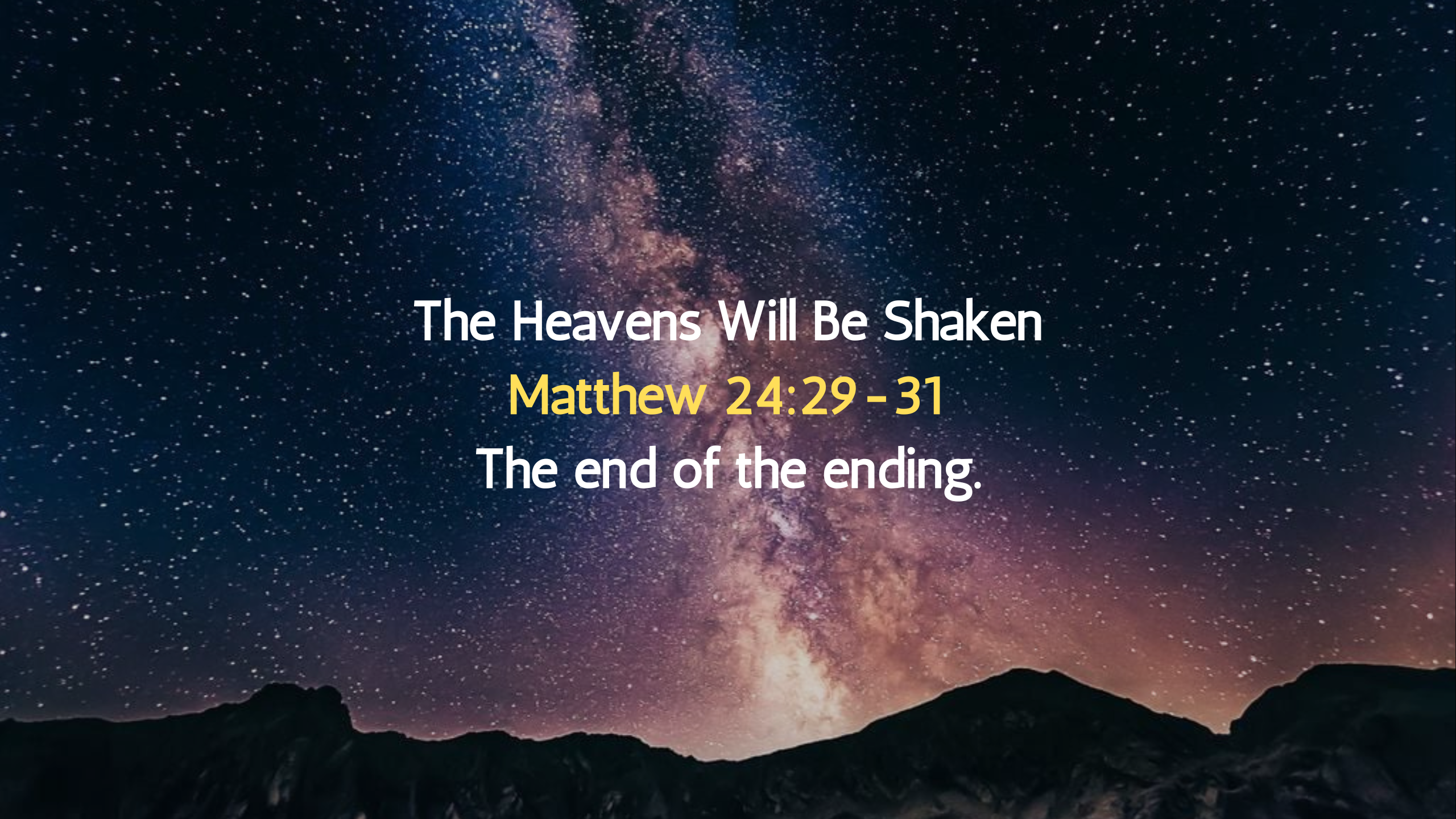In my early days as a believer, I was introduced to the concept of the second coming within the framework of Dispensationalism. This perspective divides history into seven distinct periods, each marked by a unique divine interaction with humanity. However, as we explore the words of Jesus in Matthew 24, Mark 13, Luke 21, and Revelation, we encounter a challenge—these teachings are not nails to be hammered into a preconceived theological structure. They are the living, breathing words of God.
Dispensationalists often find themselves grappling with these passages, attempting strained interpretations to align them with their predetermined framework. It’s a reminder that theology should be a tool to understand scripture, not a mold into which scripture must fit. Let us seek the guidance of God through the Spirit and study the Word for a genuine understanding rooted in history and scripture itself.
The prevailing belief among many evangelicals is that we are in the sixth dispensation of Grace, eagerly anticipating the second coming of Jesus. The typical Dispensational Expectations include the rebuilding of the Temple in Jerusalem, the rise of the Antichrist, a seven-year tribulation, a secret rapture of the church, the gathering of the Antichrist’s army against Israel, Christ’s return to establish a millennium, and a final confrontation with Satan before the resurrection, final judgment, and the creation of a new heaven and earth.
However, let’s turn our attention to what Jesus himself revealed in Matthew 24:29-31. He spoke of a time when the heavens would be shaken, and signs would precede the appearance of the Son of Man. Dispensationalists often interpret “immediately” as a distant future, but the urgency in Jesus’ words suggests a more imminent event.
The key is to understand the symbolic language used by Jesus. Descriptions of celestial events and cosmic upheaval serve as powerful metaphors for impending judgment and the end of an era. Apocalyptic language, as seen in Isaiah 13:9-10, employs similar imagery to convey divine wrath and cosmic disturbance.
Let’s decode the prophetic symbols: the sun represents the guiding principles of a culture, the moon signifies religious leadership, stars represent influential figures, and the heavens encapsulate prophetic expectations. The shaking of these elements signifies a profound transformation.
All three Gospel writers emphasize the shaking of the heavens, a call for repentance, and belief in Jesus. In Hebrews 12:18-29, the writer speaks of a kingdom that cannot be shaken, a spiritual realm ruled by Jesus, the unshakable King. This kingdom, the heavenly Jerusalem, was inaugurated through the judgment of the Jews and the destruction of Jerusalem in 70 AD.
In that historical moment, Jesus fulfilled the Mosaic Covenant, establishing a New Covenant accessible to all through faith. This heavenly covenant, sealed with Christ’s holy blood, remains unshakable and eternal. It is not a future event contingent on the physical rebuilding of the Temple but a present reality, a kingdom ushered in by Jesus’ righteous judgment and grace.
So, as we reflect on Jesus’ words, let us recognize that the heavens were indeed shaken in 70 AD, fulfilling prophecies and inaugurating a kingdom that transcends worldly structures. This New Covenant, grounded in the unchanging nature of our Savior, beckons us to trust in His grace and find security in the unshakable kingdom of the heavenly Jerusalem.


